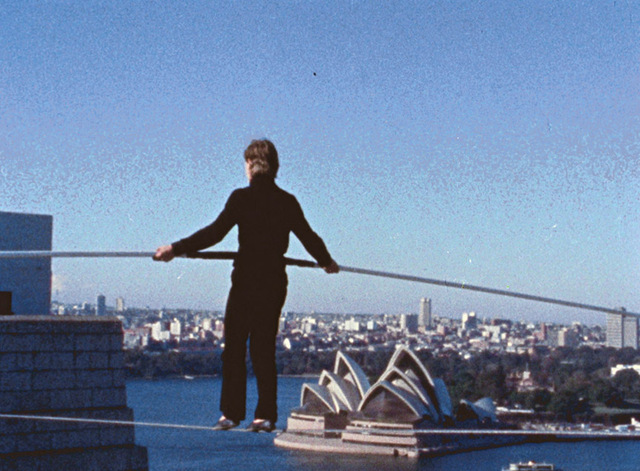Film Review: Man On Wire
Delightful Doc Explores High-Wire High-Tension


“Hey
Latest Article|September 3, 2020|Free
::Making Grown Men Cry Since 1992


“Hey